NASA's Hubble Space Telescope spies awesome star cluster just 10 mn years old
NASA's Hubble Space Telescope has captured a beautiful image of an open star cluster named NGC 1858 that is just around 10 million years old.
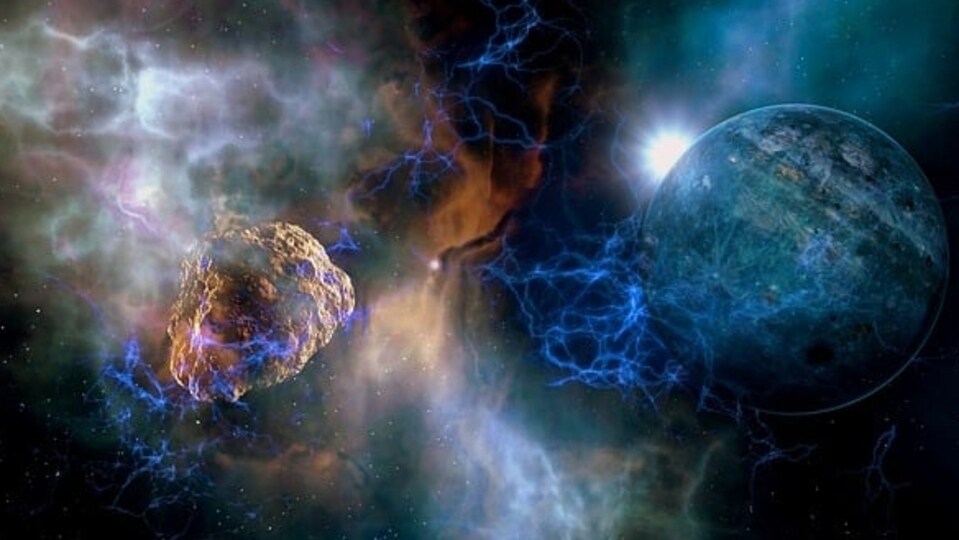
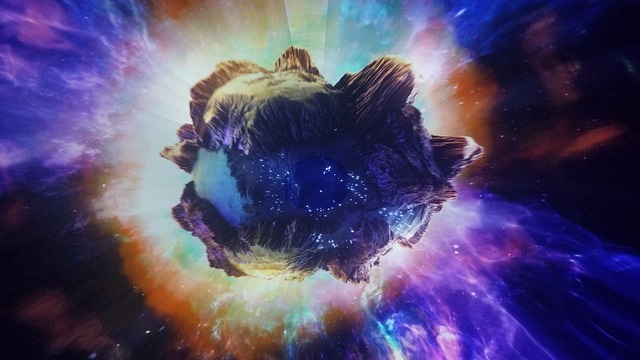
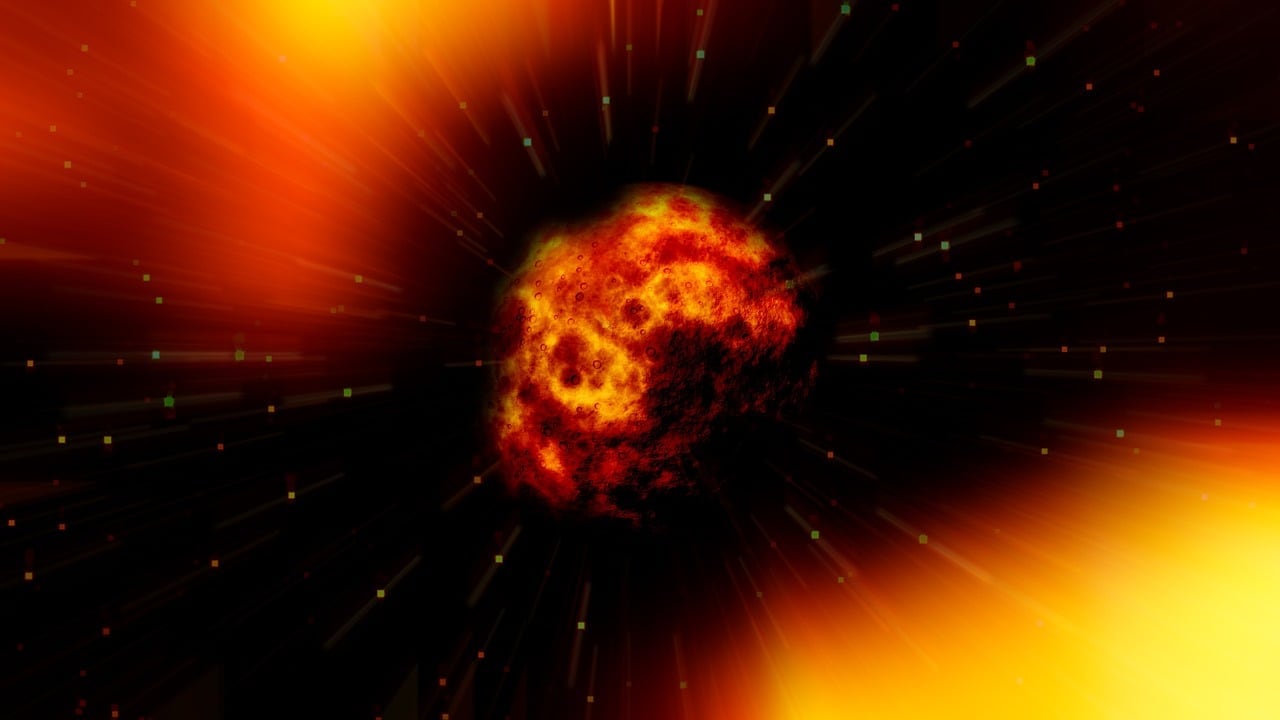
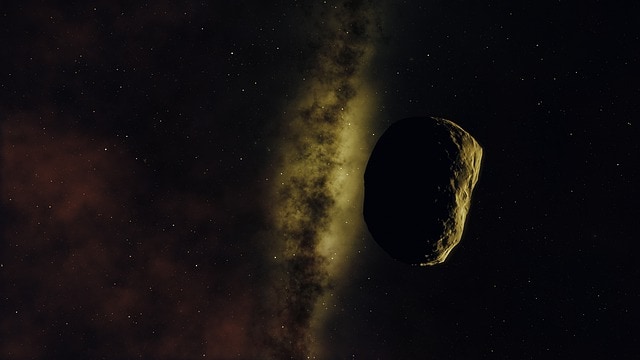
_1638627105271_1638627118874.jpg)
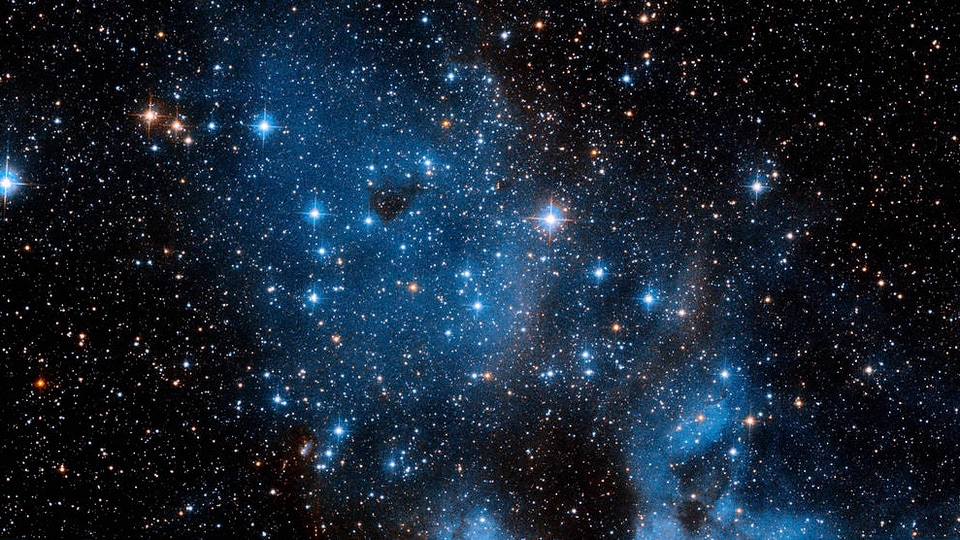
 View all Images
View all ImagesTwo of the most prominent telescopes run by NASA, the Hubble Space Telescope and the James Webb Space Telescope, keep on clicking stunning images of stars, planets, and more that are out there in space. Recently the Hubble Space Telescope has clicked a beautiful image of an around 10-million-year-old open star cluster named NGC 1858. The cluster is a part of a satellite galaxy of our Milky Way and shows an abundance of star-forming regions. The image was shared by NASA on its Instagram account and by NASA's Marshall Space Flight Center on its Twitter account.
Taking to Instagram, NASA wrote in the caption, "An open star cluster northwest part of the Large Magellanic cloud, a satellite galaxy of our Milky Way, shows an abundance of star-forming regions. Open clusters are a type of star cluster with loose gravitational attraction between the stars, which causes the cluster to be more spread out and unusually shaped."
According to the space research organisation, NGC 1858 is also an emission nebula, which is a cloud of interstellar gas that has been ionized by ultraviolet wavelengths radiating off of nearby stars. The gas of the nebula emits its own light at visible wavelengths. In the image, the gas of nebula is seen as a faint cloud that populates the middle and bottom right of the image.
"The stars within this young cluster are at different phases of their evolution, making it a complex collection. Within NGC 1858, researchers have detected a protostar, a very young, emerging star, indicating that star formation within the cluster may still be active or has stopped very recently. The presence of an emission nebula also suggests that star formation recently occurred here, since the radiation required to ionize the gas of the nebula comes from stars that only live a short time," NASA added.
NGC 1858 is located about 160,000 light-years away in the constellation Dorado and contains multiple massive stars, which can be seen shining brightly throughout the center of the image. The cluster is located in a crowded area of the sky, and the large number of stars around the cluster makes it difficult to study alone.
Catch all the Latest Tech News, Mobile News, Laptop News, Gaming news, Wearables News , How To News, also keep up with us on Whatsapp channel,Twitter, Facebook, Google News, and Instagram. For our latest videos, subscribe to our YouTube channel.
































